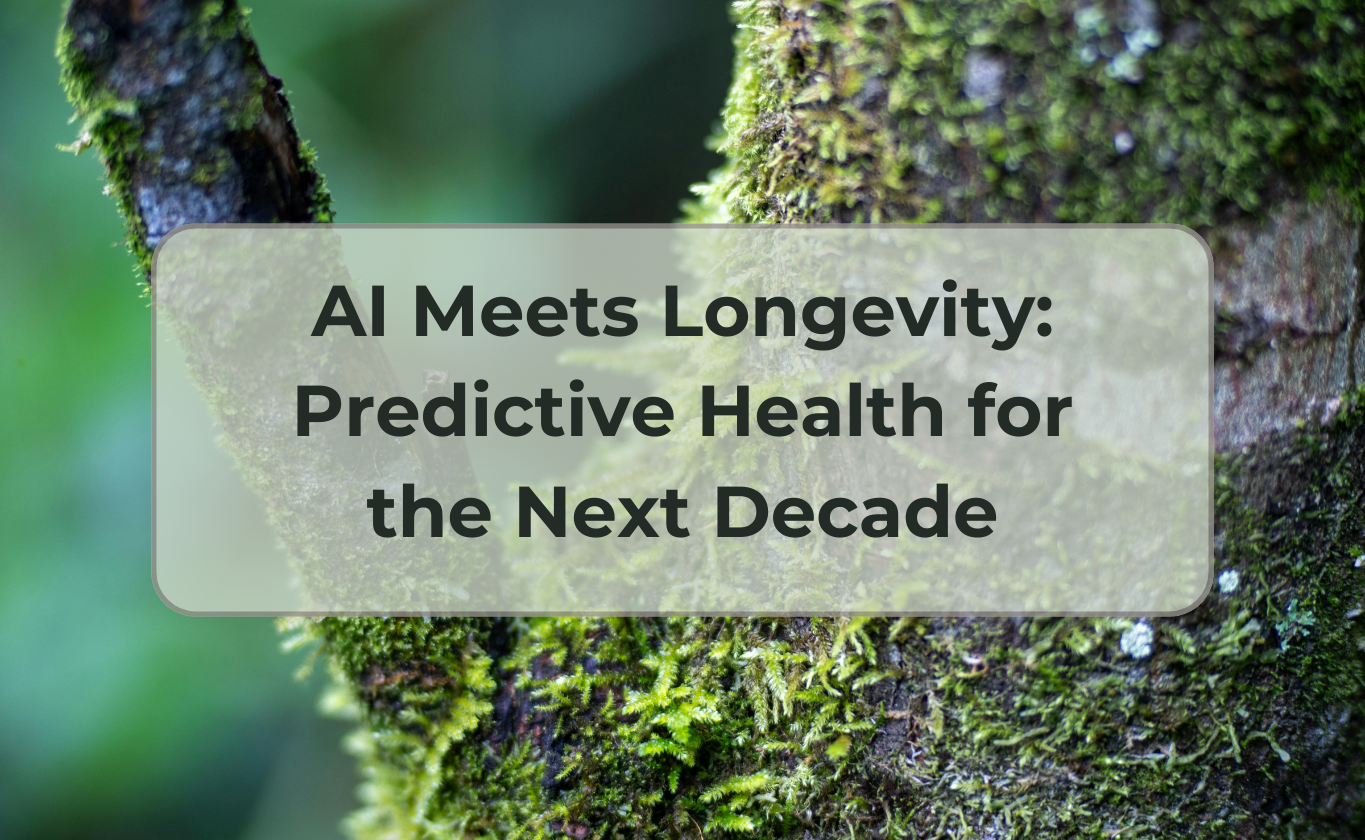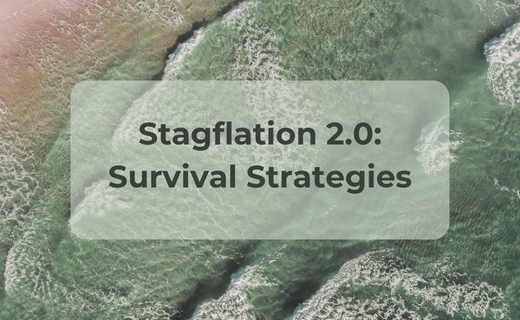Introduction
In today’s business world, forecasting models play a central role in decision-making. Companies use them to predict demand, optimise supply chains, and manage finances. However, despite their importance, even advanced algorithms often fail.
This article explains why. We explore four common issues that undermine forecast accuracy: poor data quality, unpredictable “black swan” events, overfitting, and the human factor. Each section highlights examples and offers advice for businesses.
By the end, it becomes clear that forecasting models are powerful tools, but only when combined with high-quality data, flexibility, and human expertise.
1. Data Quality and Forecasting Models: Garbage In, Garbage Out
Every forecasting model depends on the quality of the input data. If the data is incomplete, outdated, or biased, the forecast will fail. This principle is known as “Garbage In, Garbage Out.”
Common Data Problems
- Outdated data: Old information does not reflect current behaviour. For example, a retail model using last year’s numbers ignores changes in online shopping trends.
- Missing values and errors: Incomplete records or typos distort the patterns. As a result, seasonal demand may look weaker or stronger than reality.
- Sampling bias: Data that only represents one group, such as urban consumers, creates misleading predictions when applied to other markets.
Business Examples
For instance, one global retailer underestimated holiday demand. Their forecasting models missed a significant sales channel because its data was not integrated. As a result, the company faced shortages during the busiest season.
Similarly, in finance, a single incorrect entry distorted entire trend lines. Predictive models treated the error as a real signal and produced flawed results.
How Businesses Can Improve Data Quality
- Automate data collection: Use ETL pipelines and validation tools. This helps detect duplicates and missing values quickly.
- Audit data quality: Monitor error rates, track duplicates, and review data freshness. Regular audits reveal hidden weaknesses.
- Integrate all sources: Combine CRM, logistics, sales, and external statistics. Since fragmented data weakens forecasts, integration improves reliability.
Without high-quality data, even advanced forecasting models will collapse under real-world pressure.
2. Forecasting Models and the Unpredictability of Reality
Nassim Taleb introduced the term “black swan” to describe rare and unpredictable events. These events have enormous consequences, yet they cannot be predicted using past data. Since forecasting models rely on history, they often fail in such situations.
What Makes a Black Swan?
- Rarity: The event does not appear in the historical record.
- Massive impact: It changes markets, demand, or supply overnight.
- Explained later: Once it happens, people say it was “obvious,” but no model foresaw it.
Examples from Real Life
The 2008 financial crisis is a clear case. Risk models collapsed when interconnected markets caused an unexpected chain reaction.
During COVID-19, forecasting systems across industries — from tourism to retail — became useless. They had no past scenario to guide predictions.
Another example is the sudden rise in energy prices due to geopolitical conflict. Most forecasting models assumed a stable supply, which proved wrong.
Business Responses to Black Swans
- Scenario planning: Create baseline, pessimistic, and stress-test scenarios. This prepares companies for volatility.
- Flexibility: Diversify suppliers, develop multiple logistics routes, and build financial buffers.
- Stress-testing models: Simulate extreme shocks to expose vulnerabilities.
For example, pharmaceutical firms that ran pandemic scenarios before 2020 responded faster to COVID-19. As a result, they secured markets while competitors struggled.
These lessons show that forecasting models must be paired with resilience planning.
3. Overfitting in Forecasting Models
Another issue is overfitting. This happens when forecasting models learn the past too well, including random noise, rather than general rules.
Easy Analogy
Imagine a student memorising past exam answers without learning the subject. On a new exam, he fails. Overfitted models act the same way. They perform well on training data but fail when new information arrives.
Real-World Cases
- Dynamic pricing: Some models overfit holiday spikes. Later, they mispriced goods in regular seasons.
- Credit scoring: Systems trained in stable economies failed after market conditions shifted. They approved risky loans and rejected safe ones.
How to Prevent Overfitting
- Simplify models: Regularisation (L1/L2), shallow decision trees, and careful feature selection often work better.
- Use cross-validation: Split data into multiple sets and test the model’s stability.
- Keep hold-out data: Always test on a dataset the model never saw before.
By applying these methods, companies ensure their forecasting models capture real trends instead of memorising noise.
4. The Human Factor in Forecasting Models
Even when algorithms are correct, humans may misuse them. In many cases, failures happen not because of poor models but because of poor decisions.
Risks of Blind Trust
- Misinterpretation: Leaders act on forecasts without understanding assumptions. For example, a model predicts +10% sales growth. Management invests heavily, despite the model’s reliance on outdated data.
- Ignoring experts: Local managers may spot early warning signs. However, if executives only trust numbers, valuable insights are lost.
- Black-box problems: Complex models do not explain results. As a result, managers either distrust them or follow them blindly.
Practical Solutions
- Explainable AI: Tools like LIME or SHAP show how each factor affects a forecast. This builds trust and accountability.
- Human-in-the-loop: Combine algorithmic predictions with expert review. The mix improves both accuracy and adaptability.
- Training leaders: Teach decision-makers to question results and understand model limits.
For instance, one bank discovered its rejection rates were biased against certain regions. Using explainable AI, analysts identified unfair correlations and adjusted features. As a result, fairness and accuracy both improved.
These examples confirm that forecasting models must support, not replace, human expertise.
Our expert guidance in business forecasting will help you identify and mitigate threats and transform external challenges into strategic opportunities. [Contact Us]
Conclusion and Future Outlook
Key Takeaways
Forecasting models are valuable, but they are not flawless. Their performance depends on four elements: good data, resilience to black swans, protection against overfitting, and informed human oversight.
Emerging Trends (1–3 years)
- Data quality focus: Companies will invest in DataOps and automated validation.
- Hybrid forecasting: Models will be paired with expert judgment and scenario planning.
- Explainability as standard: Executives will demand transparent models.
- Adaptive learning: Forecasting systems will update in real time and raise alerts when anomalies appear.





